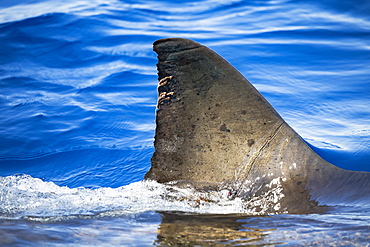Results
4 results found
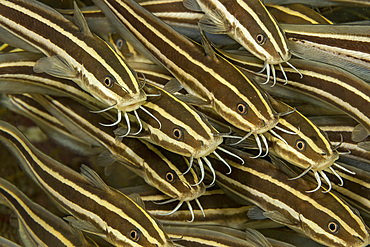
These striped catfish (Plotosus lineatus) have a venomous spine in front of their pectoral fin, Philippines, Southeast Asia, Asia
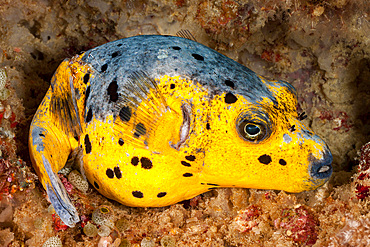
A blackspotted puffer (Arothron nigropunctatus) curled up on the reef for the night, Philippines, Southeast Asia, Asia
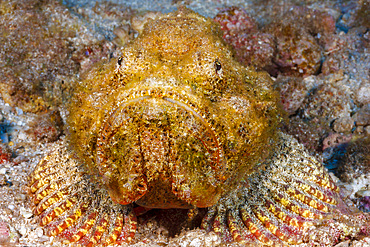
Close-up of a devil scorpionfish (Scorpaenopsis diabolus), Hawaii, United States of America, Pacific, North America
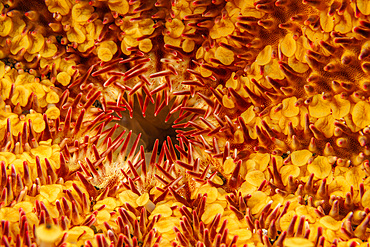
A close-up of the underside of the crown-of-thorns starfish (Acanthaster planci), United States of America, North America
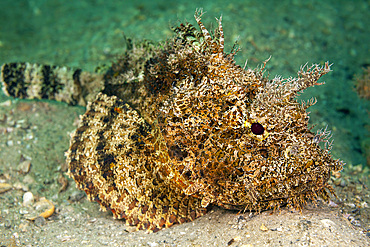
A plumed scorpionfish (Scorpaena grandicornis), off Singer Island in Florida, United States of America, North America

My God, Help Me to Survive This Deadly Love by Dmitri Vrubel on the Berlin Wall, Berlin, Germany, Europe
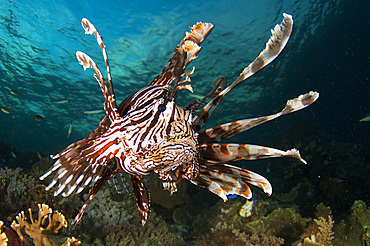
Close-up view of a lionfish (Pterois volitans), Raja Ampat, West Papua, Indonesia, Southeast Asia, Asia
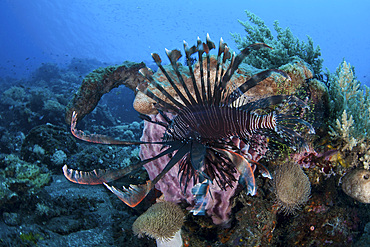
A lionfish (Pterois volitans) displays its venomous spines in Komodo National Park, Indonesia. This tropical area in the western Pacific harbors an extraordinary array of marine organisms.
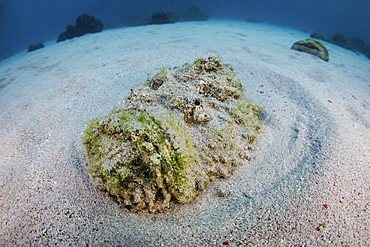
A predatory stonefish (Synanceia verrucosa) lies camouflaged in the sandy seafloor of Komodo National Park, Indonesia. This is the most venomous fish on Earth but uses its venom only for defensive purposes.
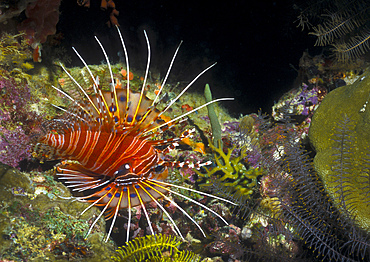
A Spotfin Lionfish flares it's dorsel spines and fins to display threat while laying on a colorful reef at night in the warm clear waters of Papua New Guinea. Lionfish float fearlessly around the reef as they are also one of the most venomous residents there.
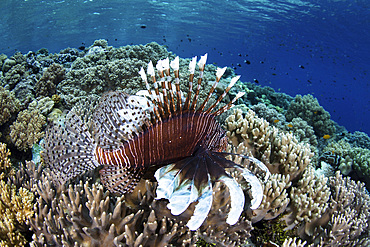
A lionfish (Pterois volitans) swims along the edge of a beautiful reef in Wakatobi National Park, Indonesia. This remote region is known for its incredible marine biodiversity and gorgeous reefs.

A predatory stonefish (Synanceia verrucosa) lies camouflaged in the sandy seafloor of Komodo National Park, Indonesia. This is the most venomous fish on Earth but uses its venom only for defensive purposes.

A well-camouflaged reef stonefish, Synanceia verrucosa, waits to ambush prey in Raja Ampat, Indonesia.
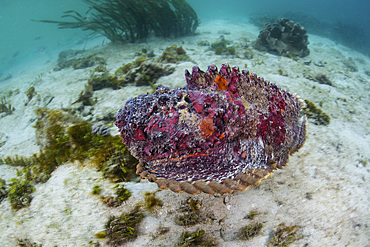
A well-camouflaged reef stonefish, Synanceia verrucosa, waits to ambush prey in Raja Ampat, Indonesia.
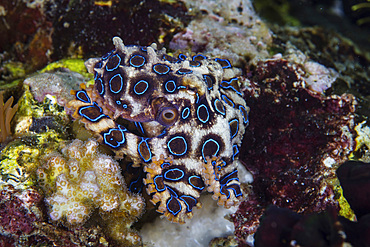
A greater blue-ring octopus, Hapalochlaena lunulata, crawls across a coral reef in Komodo National Park, Indonesia. There are several blue-ring octopus species and all of them are extremely venomous.

Close-up of mural My God, Help Me Survive Amid this Deadly Love by Dimitry Vrubel, Berlin Wall, East Side Gallery, Berlin, Germany, Europe

Tourists looking at mural My God, Help Me Survive Amid this Deadly Love by Dimitry Vrubel, Berlin Wall, East Side Gallery, Berlin, Germany, Europe
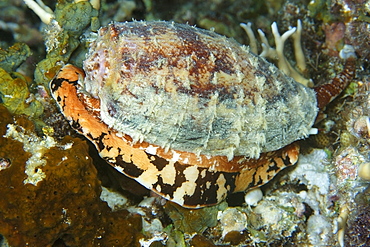
Cone shell (Conus geographus), most toxic conus species, Short drop-off, Palau, Caroline Islands, Micronesia, Pacific Ocean, Pacific
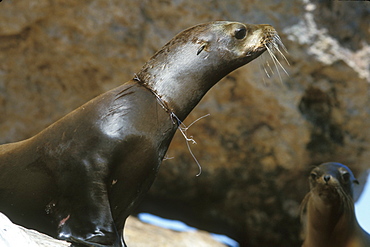
California Sea Lion (Zalophus californianus) with deadly "necklace" of gill net around its neck in the Gulf of California (Sea of Cortez), Mexico.
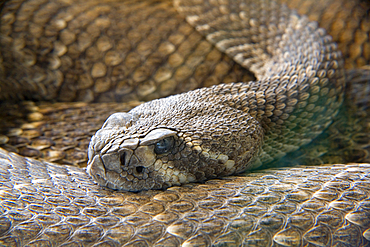
western diamondback rattlesnake or Texas diamond-back (Crotalus atrox).
Park of the Nature of Cabarceno. Cabarceno, Cantabria, Spain.

Rain district Donau-Ries Bavarian Swabia Bavaria Germany monument for field marshal Johann Tserclaes count of Tilly deadly wounded during the battle of Rain 1632 relief on the side wall elector prince Maximilian I. of Bavaria design by Anton Kaindl castin

Love Parade 2010, spray chalk outline of a person killed in a stampede, Duisburg, Ruhr Area, North Rhine-Westphalia, Germany, Europe
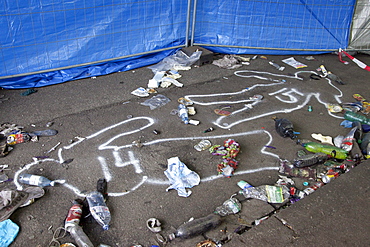
Love Parade 2010, spray chalk outlines of two people killed in a stampede, Duisburg, Ruhr Area, North Rhine-Westphalia, Germany, Europe

The cold sunlight of early March brushes grave markers above Igloolik, one of Nunavut's 28 isolated towns. Winter night lasts seven weeks, and July heat averages just 43° F.
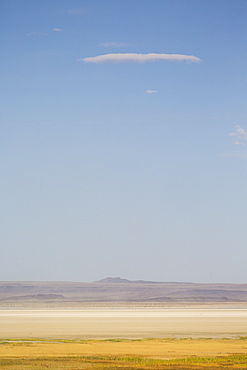
A dry desert landscape of yellows and tans below a light blue sky with one thin cloud Summer Lake, Oregon, USA
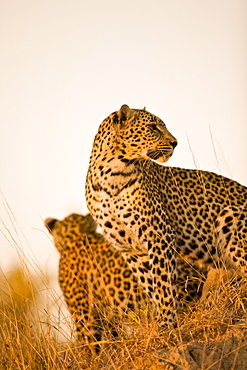
Leopard (Panthera Pardus), Arathusa Safari Lodge, Sabi Sand Reserve, Mpumalanga, South Africa, Africa
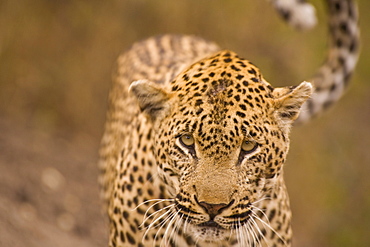
Leopard (Panthera Pardus), Arathusa Safari Lodge, Sabi Sand Reserve, Mpumalanga, South Africa, Africa
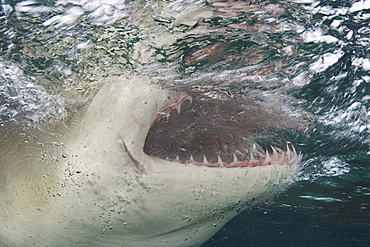
Caribbean, Bahamas, Little Bahama Bank, Lemon Shark (Negaprion brevirostris) close-up near surface, mouth open.
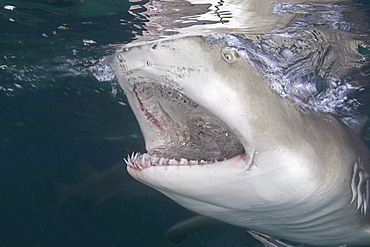
Caribbean, Bahamas, Little Bahama Bank, Lemon Shark (Negaprion brevirostris) close-up near surface, mouth open.
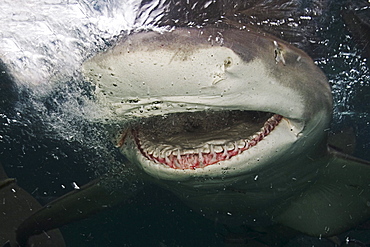
Caribbean, Bahamas, Little Bahama Bank, Lemon Shark (Negaprion brevirostris) close-up near surface, mouth open.
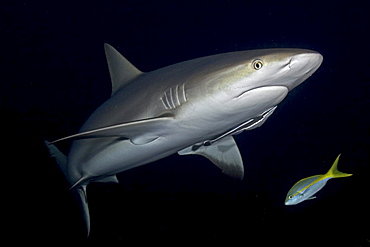
Caribbean, Bahamas, Little Bahama Bank, Lemon Shark (Negaprion brevirostris) with remora and fish in dark water.
![Caribbean, Bahamas, Little Bahama Bank, 14 foot tiger shark [Galeocerdo cuvier], and lemon shark (negaprion brevirostris).](https://everywhereyouwant.com/zoom/RM/RH/HORIZONTAL/1116-31855.jpg)
Caribbean, Bahamas, Little Bahama Bank, 14 foot tiger shark [Galeocerdo cuvier], and lemon shark (negaprion brevirostris).
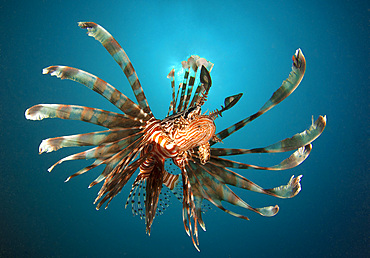
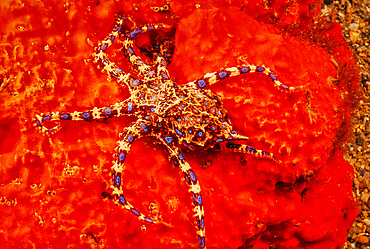
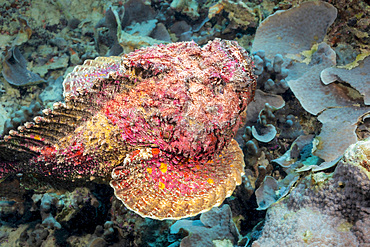


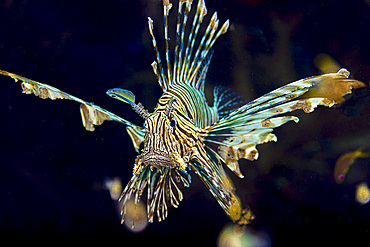
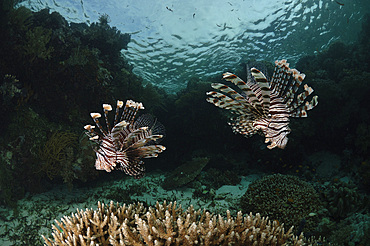
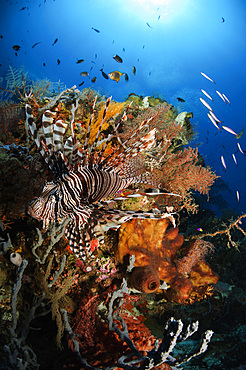
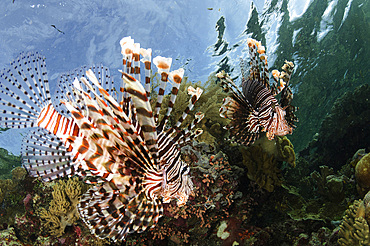
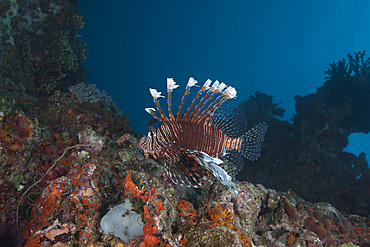
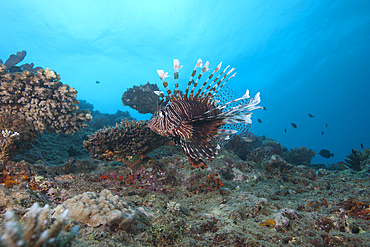
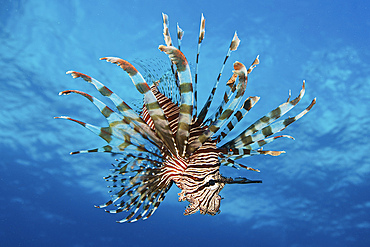
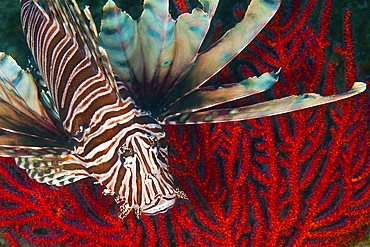
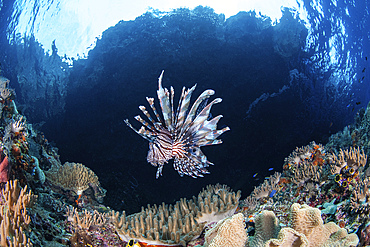

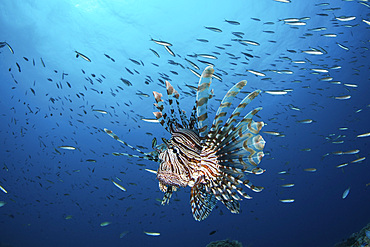
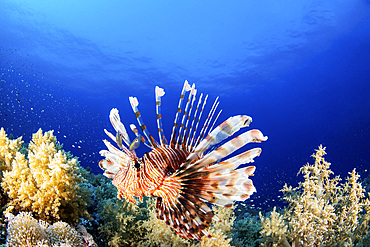
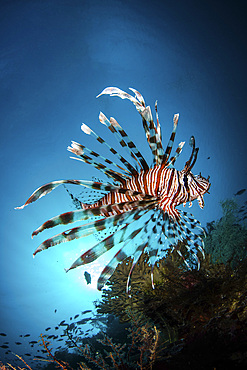


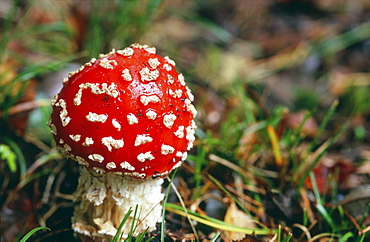
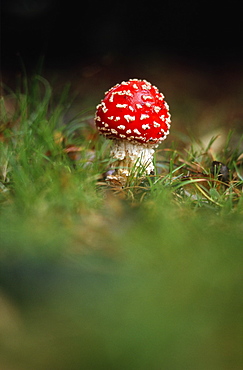
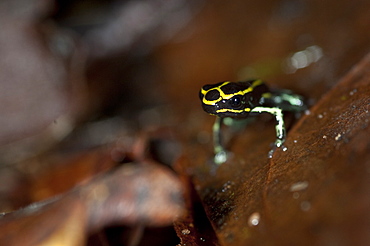

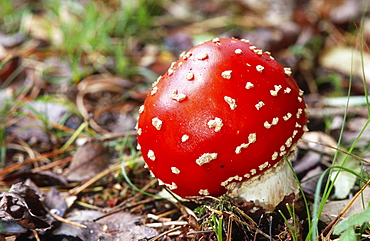
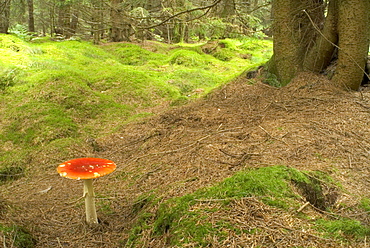

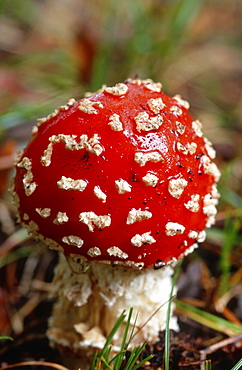


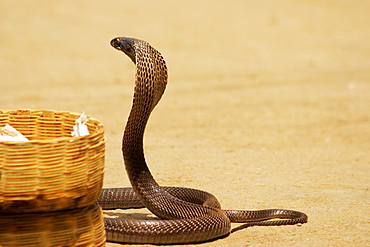

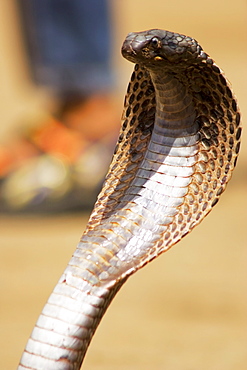
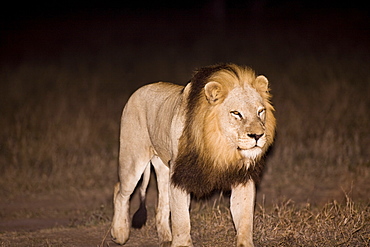
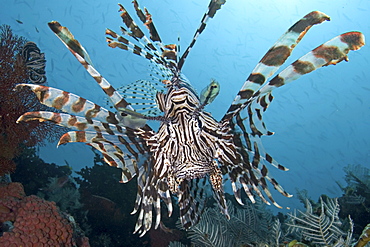
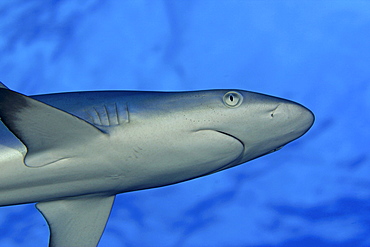
![Caribbean, Bahamas, Little Bahama Bank, 14 foot tiger shark [Galeocerdo cuvier], with remora.](https://everywhereyouwant.com/zoom/RM/RH/VERTICAL/1116-31880.jpg)
![Caribbean, Bahamas, Little Bahama Bank, 14 foot tiger shark [Galeocerdo cuvier].](https://everywhereyouwant.com/zoom/RM/RH/HORIZONTAL/1116-31865.jpg)
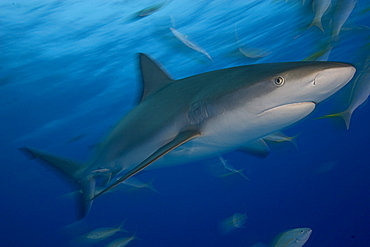
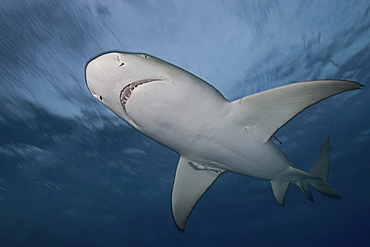
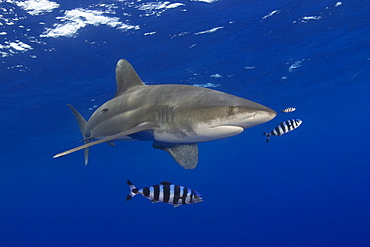
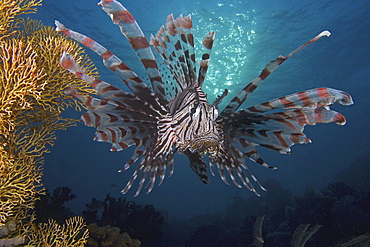

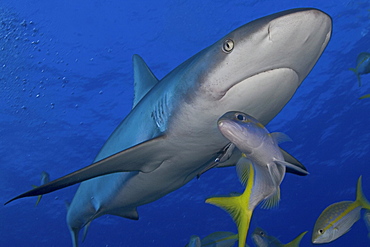
![Caribbean, Bahamas, Little Bahama Bank, 14 foot tiger shark [Galeocerdo cuvier].](https://everywhereyouwant.com/zoom/RM/RH/HORIZONTAL/1116-31861.jpg)
![Caribbean, Bahamas, Little Bahama Bank, 14 foot tiger shark [Galeocerdo cuvier], with remora.](https://everywhereyouwant.com/zoom/RM/RH/HORIZONTAL/1116-31879.jpg)
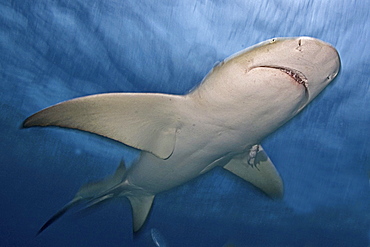
![Caribbean, Bahamas, Little Bahama Bank, 14 foot tiger shark [Galeocerdo cuvier], with remora.](https://everywhereyouwant.com/zoom/RM/RH/HORIZONTAL/1116-31889.jpg)


![Caribbean, Bahamas, Little Bahama Bank, 14 foot tiger shark [Galeocerdo cuvier].](https://everywhereyouwant.com/zoom/RM/RH/HORIZONTAL/1116-31862.jpg)

![Caribbean, Bahamas, Little Bahama Bank, 14 foot tiger shark [Galeocerdo cuvier], with remora.](https://everywhereyouwant.com/zoom/RM/RH/HORIZONTAL/1116-31878.jpg)
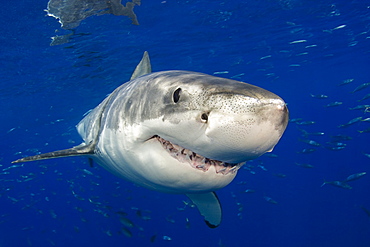
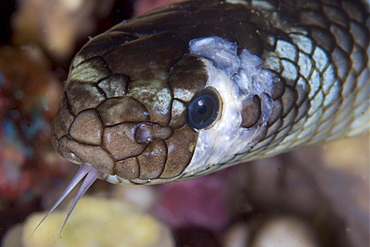

![Caribbean, Bahamas, Little Bahama Bank, 14 foot tiger shark [Galeocerdo cuvier].](https://everywhereyouwant.com/zoom/RM/RH/HORIZONTAL/1116-31875.jpg)
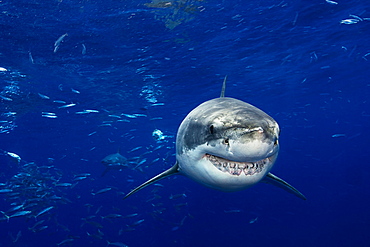
![Caribbean, Bahamas, Little Bahama Bank, 14 foot tiger shark [Galeocerdo cuvier], with remora.](https://everywhereyouwant.com/zoom/RM/RH/HORIZONTAL/1116-31887.jpg)
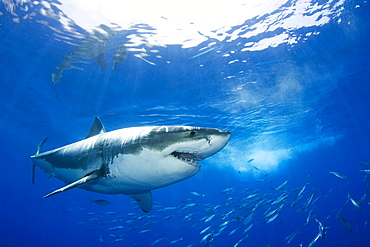
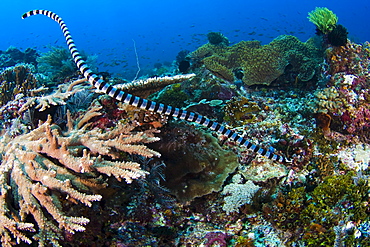
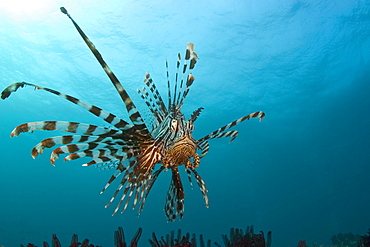
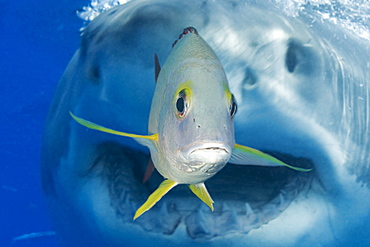

![Caribbean, Bahamas, Little Bahama Bank, 14 foot tiger shark [Galeocerdo cuvier].](https://everywhereyouwant.com/zoom/RM/RH/HORIZONTAL/1116-31874.jpg)
![Caribbean, Bahamas, Little Bahama Bank, 14 foot tiger shark [Galeocerdo cuvier].](https://everywhereyouwant.com/zoom/RM/RH/HORIZONTAL/1116-31877.jpg)
![Caribbean, Bahamas, Little Bahama Bank, 14 foot tiger shark [Galeocerdo cuvier], with remora.](https://everywhereyouwant.com/zoom/RM/RH/HORIZONTAL/1116-31885.jpg)
